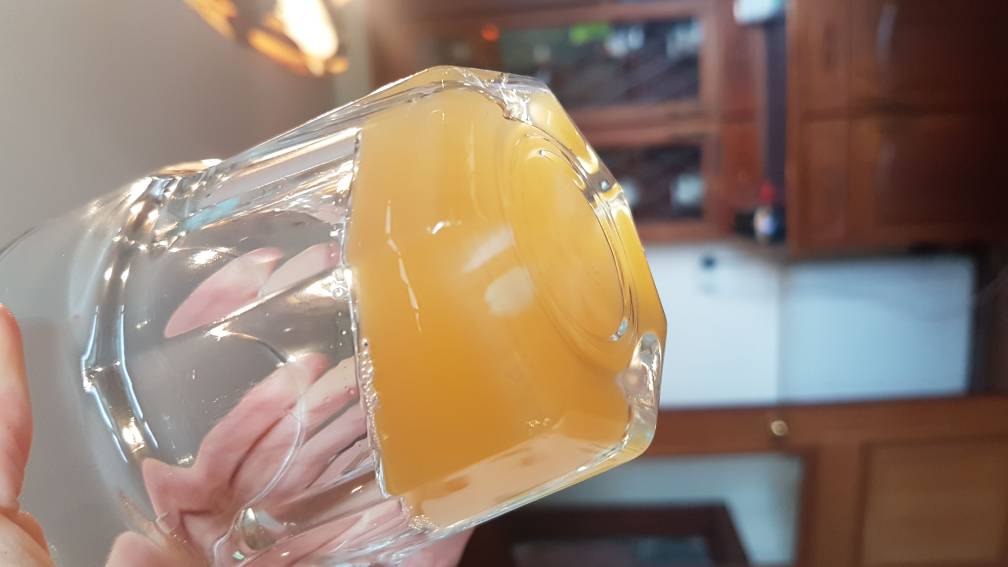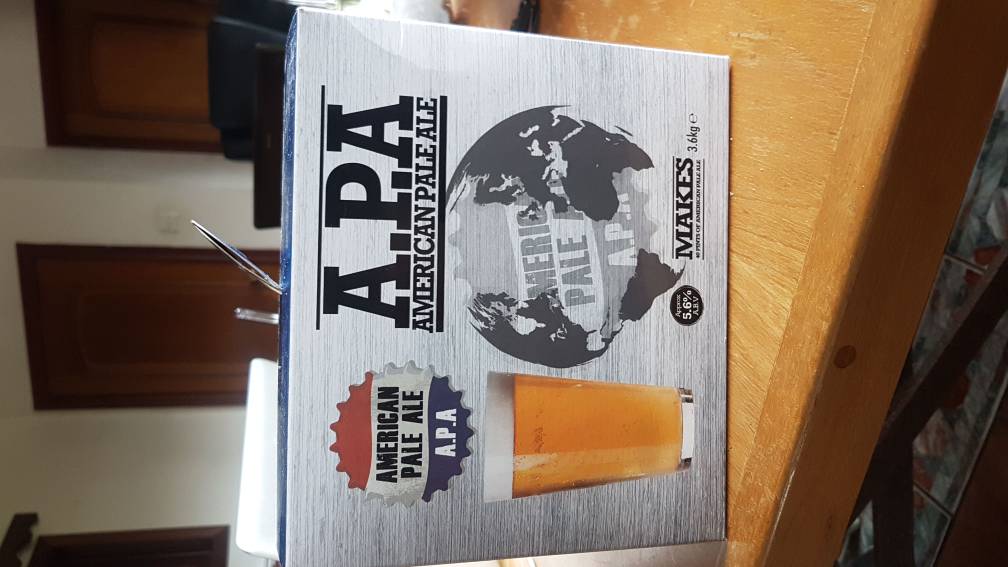violentlyill
Member
- Joined
- Mar 24, 2019
- Messages
- 9
- Reaction score
- 2
Hey guys,
Got a beginners kit, it came with a IPA. I've followed all the instructions. Apparently once the wort was transferred to the pressure barrel, it needed about 2 weeks at room temp then move then barrel to a cool place to 'clear'. It's now about a week in a cool place, i moved it straight to the fridge.
My issue now is the beer seems completely flat with only a week left (i think). It doesn't taste or smell bad at all, quite nice.
I'm concerned my room temperature was far too cold and probably sat at 16-17 celcius. Maybe has fermented properly? Or carbonated due to dorment yeast? I'm still learning all the termonology but this is where i'm at.
As you can see from my picture there appears to be some white substance at the bottom of the first glass pulled.
Also it's worth noting, i added my hops in a muslin cloth into the pressure barrel as my kit never noted using them in the wort (doh). I read this is dry hopping? What can i expect from this outcome? Should i be concerned its in there too long?
I kept everything completely sterilised throughout.
Also, i've just ordered a brew heat pad in prep for the next brew as i'm concerned temperature is my problem.
Any help would be awesome, thanks guys!
Kyle



Got a beginners kit, it came with a IPA. I've followed all the instructions. Apparently once the wort was transferred to the pressure barrel, it needed about 2 weeks at room temp then move then barrel to a cool place to 'clear'. It's now about a week in a cool place, i moved it straight to the fridge.
My issue now is the beer seems completely flat with only a week left (i think). It doesn't taste or smell bad at all, quite nice.
I'm concerned my room temperature was far too cold and probably sat at 16-17 celcius. Maybe has fermented properly? Or carbonated due to dorment yeast? I'm still learning all the termonology but this is where i'm at.
As you can see from my picture there appears to be some white substance at the bottom of the first glass pulled.
Also it's worth noting, i added my hops in a muslin cloth into the pressure barrel as my kit never noted using them in the wort (doh). I read this is dry hopping? What can i expect from this outcome? Should i be concerned its in there too long?
I kept everything completely sterilised throughout.
Also, i've just ordered a brew heat pad in prep for the next brew as i'm concerned temperature is my problem.
Any help would be awesome, thanks guys!
Kyle





